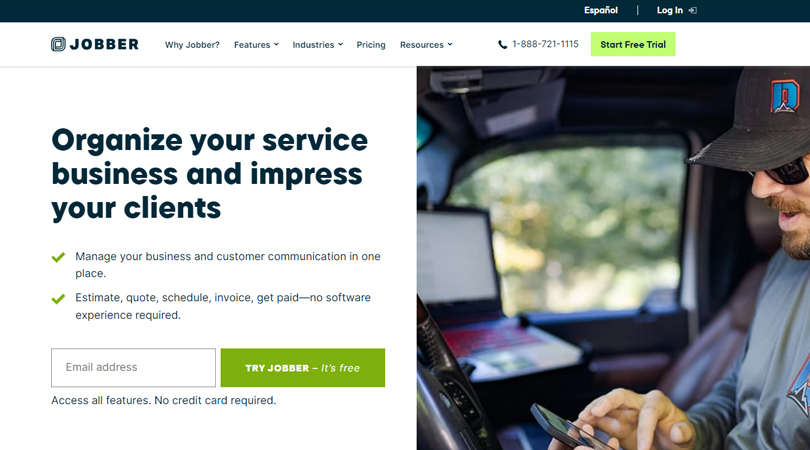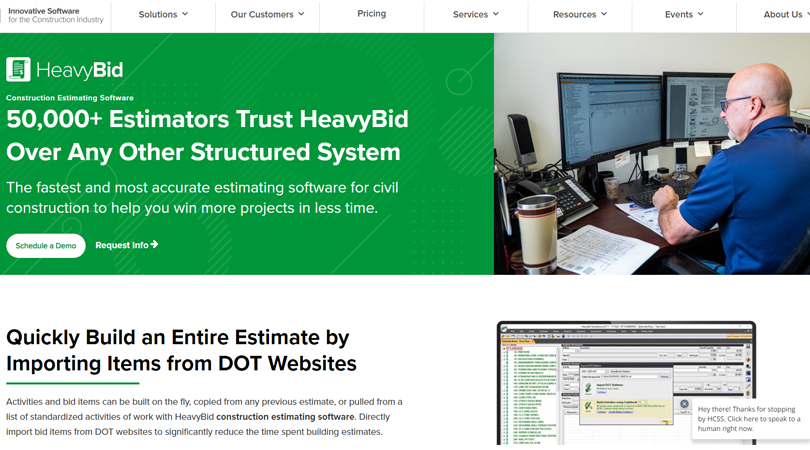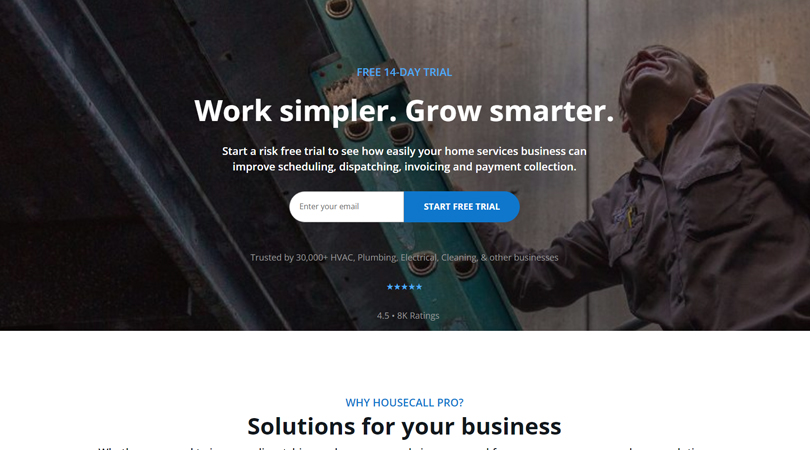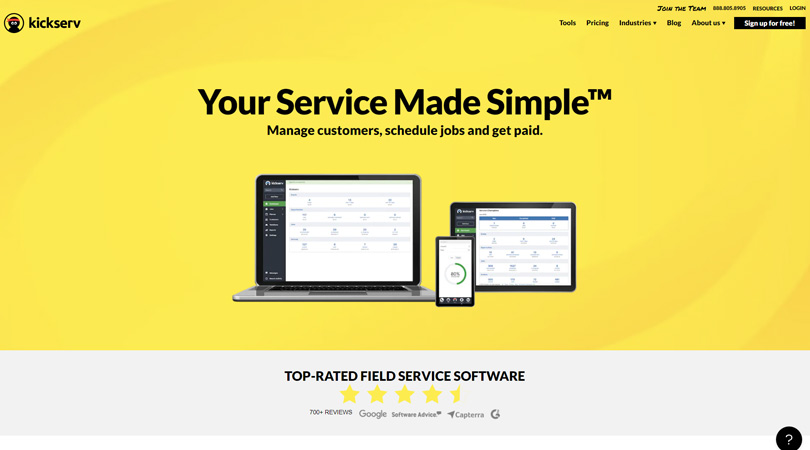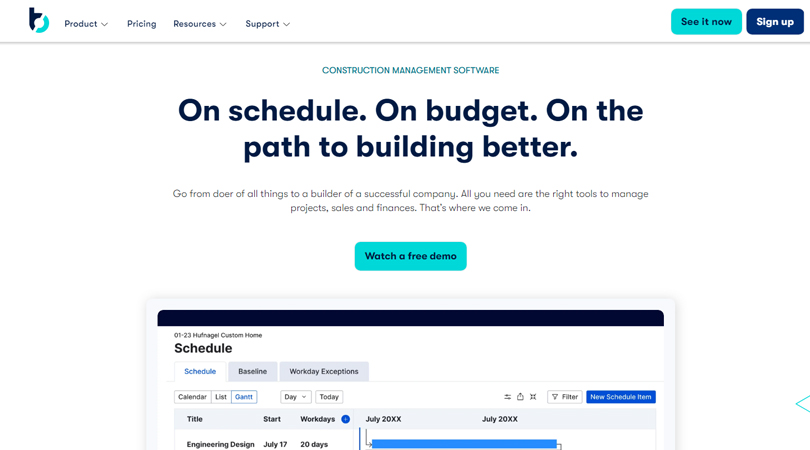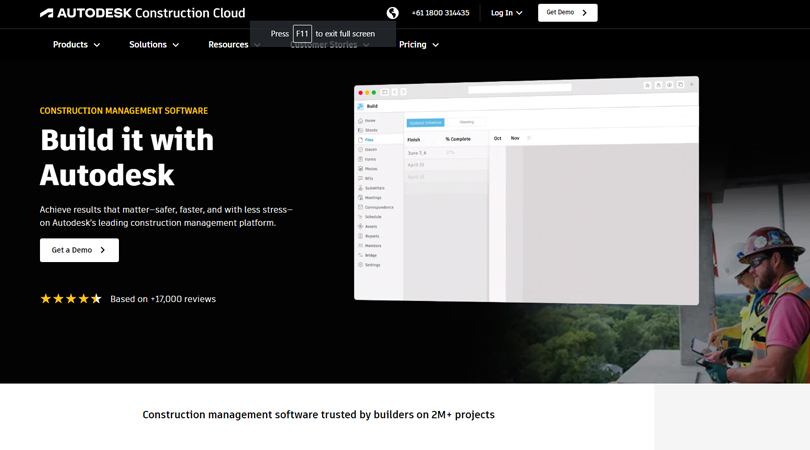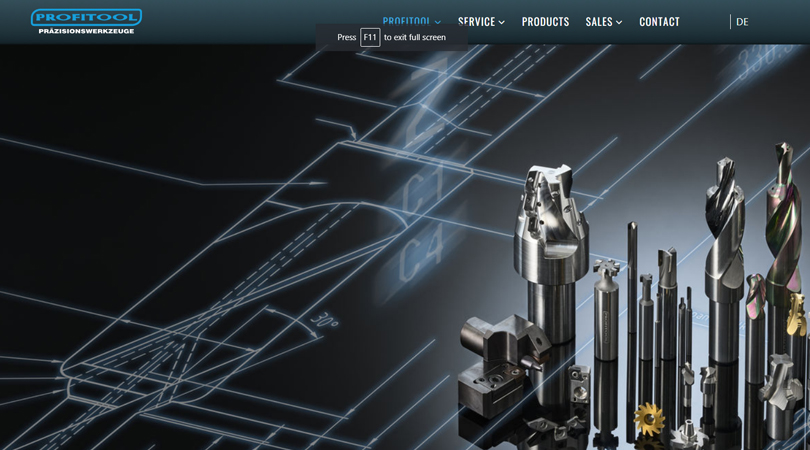The HVAC industry relies heavily on skilled technicians. This is, in fact, the key to success in this highly competitive industry. To get a competitive edge, you must deliver the best-in-class service to your customers. And if you want to deliver the best service, you must have skilled technicians. However, more than top-tier talents will be necessary for your success. You need to ensure that your HVAC employees stay with you so that you can continue with high-quality service delivery.
Attracting and retaining best HVAC employees is a challenge for any business. But when it comes to the HVAC industry, the stakes are even higher. Most HVAC business owners struggle to find technicians with the right skills and experience. However, those with a great team cannot sit back and relax either. There is always a probability that someone else might offer a better opportunity to your HVAC employees, and they will leave.
As scary as it may sound, there are some tried and tested methods to ensure the HVAC retention rate. In simpler words, you can indeed make sure your employees are staying with you instead of leaving for a better opportunity. But how, if you ask…
That is exactly what this blog is all about. This is your ultimate guide to attracting and retaining the best HVAC talents in your business. Here, not only will you find the best practices for HVAC employee retention, but also a detailed discussion on what employee retention is all about and how it benefits your bottom line. And if you read till the end, you’ll find the easiest and most cost-effective way to retain your best HVAC talents—the secret to your success.
So, jump right in!
What Are Employee Acquisition and Retention All About?
Employee acquisition and retention in the HVAC industry are crucial aspects that directly impact the success and sustainability of businesses within this sector. Employee acquisition involves the strategic process of identifying, attracting, and hiring skilled professionals to meet the specific demands of heating, ventilation, and air conditioning (HVAC) services. In other words, this is how you attract HVAC workers to join your organization as employees.
On the other hand, employee retention refers to the efforts made by an organization to keep its employees engaged, satisfied, and committed to the company for an extended period of time. It is the practice of retaining talented and experienced HVAC employees rather than losing them to competitors or other opportunities.
Given the competitive nature of the market, businesses must actively position themselves as employers of choice, emphasizing their commitment to employee development, workplace safety, and a positive work culture.
Why Should You Concern Yourself?
As we have mentioned earlier, you cannot take employee retention lightly, even if you have already put together a great team. In truth, that makes it even more compelling for you to take care of your talent pool.
The HVAC industry is one of the most prominent fields to experience a high employee turnover rate. One significant factor is the competitive nature of the market, where skilled technicians with specialized knowledge are in constant demand. This high demand often results in technicians receiving multiple job offers, leading to a revolving door of talent as individuals explore better opportunities for career growth, compensation, or improved work conditions.
Additionally, the physically demanding nature of HVAC work can contribute to burnout among technicians, making them more susceptible to seeking alternative, less strenuous employment options. The industry’s seasonal nature, with increased demand during extreme weather conditions, can lead to fluctuations in workload and potential periods of unemployment, further influencing technicians to consider more stable employment elsewhere.
Moreover, the rapid advancements in HVAC technology contribute to a dynamic work environment where professionals may be enticed by companies offering exposure to the latest tools and equipment. Technicians who feel their skills are becoming outdated may seek employers who invest more heavily in training and development.
As an HVAC business owner, therefore, you are always at risk of losing your best HVAC employees. So, it should be one of your top priorities to ensure that you are making the right decisions and following best practices to keep them with you.
What Is a Good Employee Retention Rate for an HVAC Business?
Before we determine what employee retention rate you should strive for, let’s find out what the HVAC retention rate is and how to calculate it.
The employee retention rate is a metric that measures the percentage of employees who remain with an organization over a specified period. It is a key indicator of workforce stability and is calculated by dividing the number of employees who stayed with the company during a given time frame by the total number of employees at the beginning of that period. The formula for calculating the employee retention rate is as follows:

A high employee retention rate is generally considered positive, as it indicates that a significant proportion of the workforce is staying with the organization. On the other hand, a low retention rate may suggest issues with employee satisfaction, workplace culture, or other factors that may contribute to high turnover. Monitoring and analyzing the employee retention rate is crucial for organizations to identify areas for improvement in employee engagement and retention strategies.
In the HVAC industry, where skilled technicians are in high demand, some turnover is expected due to factors like job market competitiveness, seasonal fluctuations, and individual career aspirations.
That said, a generally accepted benchmark for a healthy retention rate above 80% is often considered positive for most industries, including HVAC. However, in industries like HVAC, In the HVAC industry, where turnover rates may be somewhat higher due to factors such as demand fluctuations, competition for skilled technicians, and seasonal variations in workload, achieving a retention rate above 80% can be a realistic and commendable goal. A rate in the range of 80-90% may be considered satisfactory for HVAC businesses.
How Employee Retention Strategies Can Benefit Your HVAC Business?

Employee retention in the HVAC business brings a host of benefits that contribute to the overall success and stability of the company. Here are some key advantages:
How Do You Attract and Retain the Best HVAC Employees?

Now that you know what employee retention is and why it is important for your HVAC business, it is time to answer the most pressing question of the matter—how to retain your best employees.
To help you with the task, we have put together some of the most effective strategies for talent retention. Go through the list and find out how to implement them into your business management in the most effective way.
Wrapping Up: The Secret to Retaining the Best HVAC Talents

At the beginning of this blog, we promised to give you the ultimate solution to retaining top talent, and it is a simpler solution than you can imagine—just make it easier for your employees to do their job right. As skilled technicians, they already know how to do their jobs. As the employer, you need to make sure that they get all the necessary help and support.
And here comes the secret tip—the best possible support you can provide your HVAC employees with is Field Promax.
As a robust HVAC business software solution, Field Promax can significantly enhance the efficiency and effectiveness of HVAC technicians in their daily tasks. With features such as real-time job scheduling and dispatching, technicians can receive and update job assignments promptly, minimizing downtime and ensuring optimal utilization of their time. This streamlined workflow not only helps HVAC professionals complete their tasks more easily but also reduces the administrative burden on technicians, allowing them to focus more on their core responsibilities. The software’s intuitive mobile interface enables technicians to access work orders, customer information, and service history on-site, providing them with the necessary details to address issues promptly and professionally.
Moreover, Field Promax’s ability to automate various processes, such as invoicing and reporting, simplifies the paperwork associated with HVAC services. This not only saves time but also minimizes the potential for errors, enhancing the overall accuracy of records. By facilitating easier and more organized job execution, Field Promax contributes to a positive work experience for HVAC technicians. When employees feel supported by efficient tools that streamline their work, reduce stress, and improve overall job satisfaction, it can significantly contribute to employee retention. Happy and content technicians are more likely to stay with a company that invests in their success and provides the tools necessary for them to excel in their roles.
So, what are you waiting for? Sign up for Field Promax and make your employees happy to work for you.
For more information contact Field Promax.
Originally Published at – Field Promax (Retain Top-Tier HVAC Talent)




